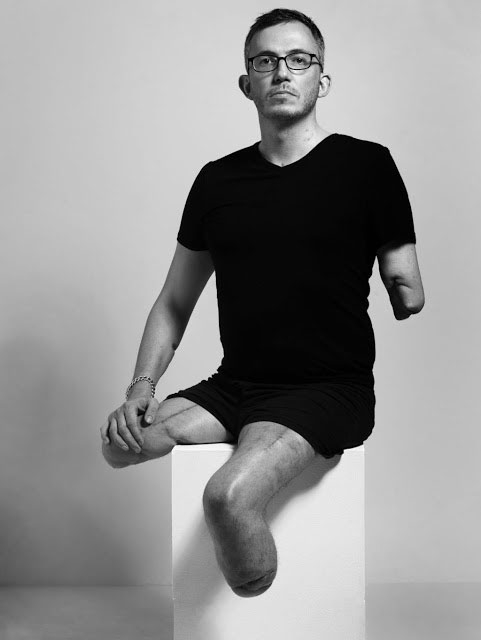Transformers
Transformers
June-August 2012
The National Centre for Craft & Design
Lincolnshire
[threecol_two]
In 2012 the Paralympics came home to Britain. The National Centre for Craft & Design celebrated this with an exhibition looking at how enabling design has transformed disability.
Transformers looked at the designs and technologies that have enabled us to work harder, look better, feel stronger and move faster. In the face of adversities the human race has an uncanny ability to survive, repair, learn and improve. The exhibition looked at the designs behind the innovations, and at the people who use them.
Disability has become increasingly visible with groups working to ensure equality of opportunity, changing preconceptions and raising the public profile of those with disability. This is leading to an increased sensitivity and understanding of the wide variety of abilities. In turn this has led to a more serious commitment to designing with disability in mind from the buildings we live and work in to the cups we drink from.
Inclusive design is now more apparent in the mainstream marketplace. Through developments in digital technology and synthetic materials, and an increasingly serious commitment to disability sports, we are seeing increased participation and performance from beginners to elite level competitions.
Changes in politics and society have necessitated new innovations. For example war has often worked as a catalyst to the advancement of prosthetics as physicians and engineers work together to develop ways to assist people who become disabled through conflict or accident. In addition, the Western World has as increasingly aging population. Design for disability is becoming more important and Inclusive design is now more apparent in the mainstream marketplace.
The exhibition shows differing aspects of transforming designs, charting the development of materials and technologies that have made today’s designs more user-friendly and efficient, exploring the inventions employed on a daily basis to make life easier around the home and studying the work place to see how design has helped integrate workers of all abilities.
The exhibition examines the legacy of Stoke Mandeville and the importance sport plays in empowering and improving lives. It looks at the style and fashion of designs and at the significance of disability becoming a positive image in advertising. Finally, the exhibition considers how digital technology, body augmentation and robotics are becoming an everyday reality in improving and enabling mankind. Are cyborgs only just around the corner?
Made to Measure: War has been a catalyst for the invention and implementation of new designs relating to disabilities. Engineering has continually improved the accessibility and usability of these products, and the developments in man-made materials has meant that they have become, cheaper, lighter, easier to produce, and more user-friendly. An awareness of the rights of people with disabilities has meant that the experience of the user has become of central importance to the aims of the designer.
[twocol_one]![]() [/twocol_one] [twocol_one_last]
[/twocol_one] [twocol_one_last]
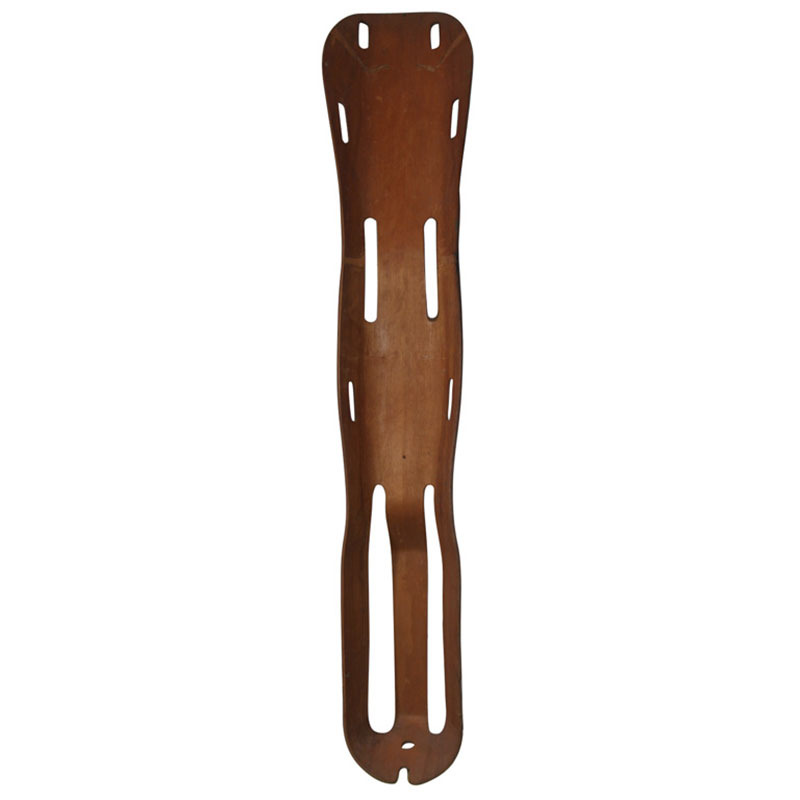
Plywood Splint (1942)
Designed by Charles and Ray Eames
Manufactured by Evans Products
USA
[/twocol_one_last]
Domestic Science: The Western World has an aging population. Design for disability is becoming increasingly important and inclusive design is now more apparent in the marketplace. Innovative and appealing design supports individuals to live independent lives, to enjoy playing games, eating food and performing everyday domestic tasks. Often the best ideas are initially designed with disability in mind but are subsequently adopted and used by the populace at large.
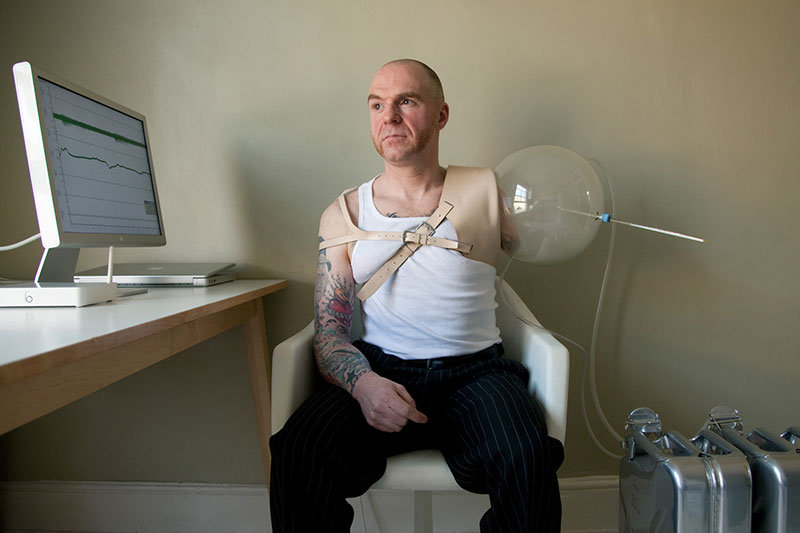
Phantom Recorder (2010)
Revital Cohen
London, England
Tools of the Trade: An appropriately-designed tool, or specific moderation to an existing product, is often the only adaption needed for someone to work at the same speed and efficiency as their ‘able’ colleagues. It has been proposed that ‘disability’ is a socially created problem. Therefore it is our collective responsibility to make the essential modifications to allow people of all abilities to contribute to our social and professional lives.

Self Portrait (2011)
Giles Duley
London, England
This Sporting Life: Dr Ludwig Guttman, and his work at Stoke Mandeville in the 1940’s, left a legacy that declared the importance of sport in empowering and improving the lives of people with disabilities. Physical activity is vital in instilling a sense of well-being in all, from the exhilarating spectacle of elite-level competition to recreational activities for all.
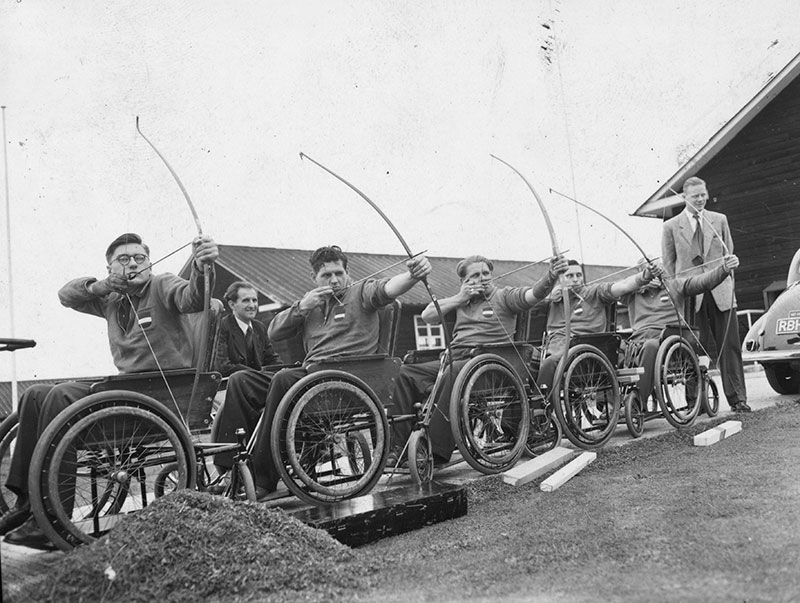
Patients Practicing Archery (1948)
Ministry of Pensions Hospital, Stoke Mandeville
Image Courtesy of Wheelpower and The Stoke Mandeville Archive
Keeping Up Appearances: The aesthetics of enabling design is an important aspect of making the wearers feel confident and happy with the objects they are using. Encouraged by the final lifting in the public consciousness of the stigma surrounding disability, and by the visible presence of an increased number of amputees, disabled people no longer feel that they have to camouflage their disabilities. This opens up the potential for a whole new language of style.
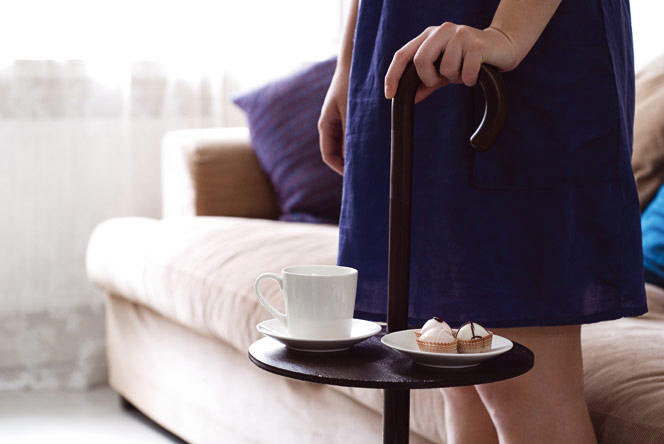
Together Canes: I-cane, U-cane & T-cane (2012)
Francesca Lanzavecchia and Hunn Wai
Italy / Singapore
We Are Robots: From bionic feet that think for themselves, to robotic suits that have helped clean up natural and manmade disasters, design engineering can adapt the human body to interface with machines. While bionics are still banned from competitive sports, it may not be long before we see a Formula One-style athletic games. Perhaps in years to come will we be watching the Cyborg Olympics, remembering when athletes were merely human.
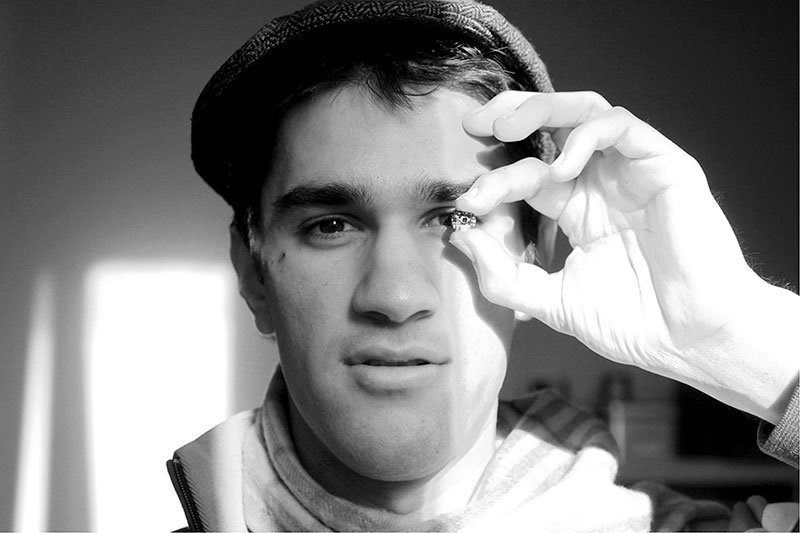
The Eyeborg (2009)
Deus ex Max
[/threecol_two] [threecol_one_last]
Danielle Bradshaw (2012)
Connolly Clark
Filmed on location in Stockport
Commissioned by the NCCD
Jody Kundy MBE (2012)
Connolly Clark
Filmed on location in Manchester
Commissioned by the NCCD
[/threecol_one_last]



